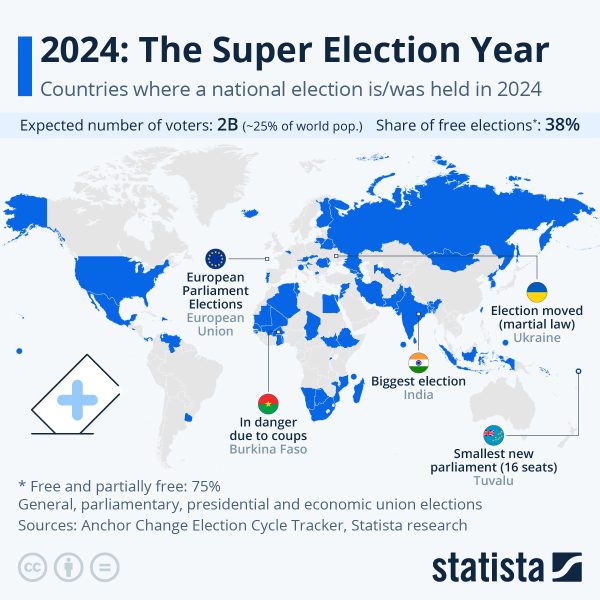What is the Electoral College?

December 17, 2021
During the beginning of November every four years, countless adult American citizens head to the polls to elect the next President of the United States. Leaving the polls, many wear their “I voted” stickers as a proud symbol of their participation in one of our democracy’s most vital functions. However, many of these Americans are unaware of the specifics of this election process, such as the fact that they aren’t directly electing the President. Some may have heard of the Electoral College, but many people don’t understand its key role in our Presidential elections.
An article titled “What Are Swing States and How Did They Become a Key Factor In US Elections”, published by History.com, states that the Electoral College consists of 538 electoral votes, with each state getting the same number of votes as the number of their Representatives and Senators in Congress. To win the Presidency, a candidate must win 270 of these votes. In 48 states, there is a winner-takes-all system in place, meaning that whichever candidate wins the majority of the popular vote in that state wins all of the electoral college votes for that state. The party of that winning candidate (Democratic or Republican) gets to appoint electors for that state, who must choose their party’s candidate or face fines or possibly jail time depending on state laws. According to the National Archives, state laws vary on how these electors are appointed and the requirements for electors. The most common state prerequisite is that these electors cannot hold political office, but there are no federal requirements.
So, what exactly does this mean?
Well, take the example of a Republican in Illinois. In recent years, the majority of Illinoisans have dependably voted Democrat in Presidential elections. Theoretically, if 70% of votes in Illinois went to the Democratic candidate, and that candidate gets all of Illinois’s electoral votes due to the winner-takes-all system, that means that the 30% of votes that went to the Republican candidate aren’t at all represented in Illinois’s electoral votes. This system, thus, has the potential to silence state minority voters in the national election.
However, there are also benefits to the electoral system. According to an article published by Britannica.org, the electoral college strengthens the legitimacy of the winning candidate. For example, in the 2012 election, “President Obama received 51.3% of the popular vote… but 61.7% of the electoral votes”. It is much harder to question a winner by a majority of 61% than a winner by a majority of 51%, which quells doubts the American public may have about voter fraud. Thus, the election of President Obama was viewed as more legitimate under the electoral college system than it would have been with a simple majority vote. The electoral college also usually matches the outcome of the popular vote. According to that same Britannica article, “the winner of the popular vote has lost the electoral vote only five times” in over 220 years, indicating that the system does not directly oppose the will of the people.
No matter your opinion, the electoral college is our country’s system for electing the President. As high school seniors begin reaching the voting eligibility age and considering their picks for the next election, it becomes increasingly vital to understand the system they’re about to participate in. Even if you are not yet able to vote, it is important to know how this system works so you can make more educated decisions later on.
Sources:
- https://www.history.com/news/swing-states-presidential-elections
- https://www.procon.org/headlines/the-electoral-college-top-3-pros-and-cons/
- https://www.archives.gov/electoral-college/about
Image Source:
- https://my.lwv.org/california/pasadena/article/what-and-why-electoral-college





